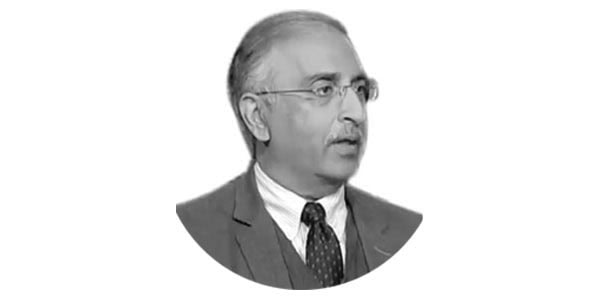Reform or revolution?
We want economic growth. We want prosperity. We want stability. Plus, we want rule of law, respect for human rights and religious freedom.
How do we get there? Reform or revolution? We want to improve the economic, social and political conditions of 220 million Pakistanis? How do we do that? Reform or revolution?
To reform is to “make changes in-something, especially an institution or practice-in order to improve it.” A revolution is the “complete disruption of the status quo.” A reform process is generally nonviolent; revolution is mostly violent.
Reform is gradual; revolution is radical. Reform is gradual; revolution is radical. Reform is measured; revolution is abrupt. To reform is to ‘amend or improve’. A revolution is a ‘wholesale rejection of the government’s authority.”
Revolution involves disruptive techniques like the overthrowing of a government through violent means, blocking of roads and highways, acts of civil disobedience, general strikes and/or disabling power grids.
Revolutions-more often than not-have been about firearms and explosives. Revolutions are all about “radical changes in the country’s power structure”. Revolutions-more often than not-are about destructive forces.
Reform means the “improvement or amendment of what is wrong”. Reform means the “improvement or amendment of what is unsatisfactory”.
When we talk of reforms we talk about parliamentary reforms, education reforms, electoral reforms, land reforms, tax reforms and monetary reforms. Reforms are progressive in nature.
The ultimate goal of a reform process is to achieve “political and social changes by improving the status quo, but without necessarily overthrowing the existing order” through violent means.
Pakistan is about three things: institutions, systems and practices. There’s little doubt that we want to change all three-institutions, systems and practices. Well, change is the ‘imperative of reform as well as revolution’.
Yes, we want change. Do we want that change through reforms or through a revolution? A revolution would mean a violent “replacement of the existing government to establish a new system”. A revolution is brought about by the people while reforms are initiated by a government.
In China’s Cultural Revolution, an estimated 15 to 55 million Chinese died and the famine that followed took the lives of an additional 30 million Chinese.
In the Iranian Revolution, 40,000 Iranians were arrested of which 9,000 were executed. In the French Revolution, 117,000 died. In the Haitian Revolution 200,000 were killed.
The American Revolutionary War had 70,000 war-dead, 130,000 smallpox-dead and 17,000 disease-dead. In the Russian Revolution, the number of dead ranges from 7 million to 12 million.
Reforming Pakistan would mean ‘amending what is defective’. Reforming Pakistan would mean improving things that are already present.
Reforming Pakistan involves no violence. Reforming Pakistan would mean changing the system from within the existing system.
A revolution in Pakistan would mean Pakistanis revolting against the government. A revolution in Pakistan would mean taking up arms. A revolution in Pakistan would mean overthrowing the government through violent means.
Yes, we want a change in Pakistan’s institutions, systems and practices. Reform or revolution?










